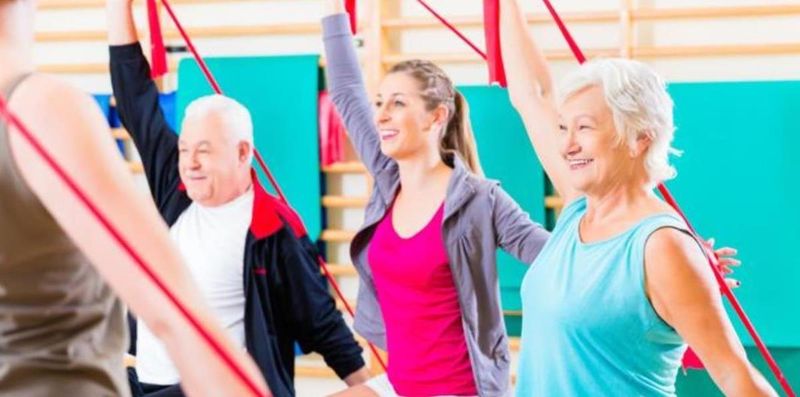Exercise may improve lower limb gait function in patients with tumor endoprostheses
Key takeaways:
- Results showed exercise intervention improved gait function and patient-reported outcome scores in patients with tumor endoprosthesis around the knee.
- The changes were not statistically significant.
According to published results, exercise intervention may improve lower limb gait function in patients who previously had tumor endoprostheses around the knee.
Researchers randomly assigned 11 adolescents and young adults (mean age, 26.6 years) who previously had malignant osteosarcoma and had a tumor endoprosthesis around the knee into either an intervention group that received an 8-week exercise program (n = 6) or a control group (n = 5). Outcome measures included gait function, quality of life, functional scales, functional mobility and fatigue. Researchers measured and analyzed gait function with 3D motion capture, the gait profile score and the gait deviation index.

Overall, researchers found an association between the 8-week exercise intervention with small-to-medium positive deviations in the gait deviation index, gait profile score, patient-reported functional scores and objective functional scores compared with a healthy reference group. However, none of the results achieved statistical significance when compared with the control group due to the small sample size.
“In a subsequent study, further questions need to be addressed, such as the ideal time after surgery to start the supervised gait exercise program, the most effective exercises in the program, and the preferred intensity and duration,” the researchers wrote in the study.
“Nonetheless, it should be noticed that exercise has already been shown to be beneficial for several groups of cancer patients and survivors, and existing guidelines in pediatric and adult oncology provide feasible and safe concepts to improve the mobility and physical performance and reduce symptoms.”
